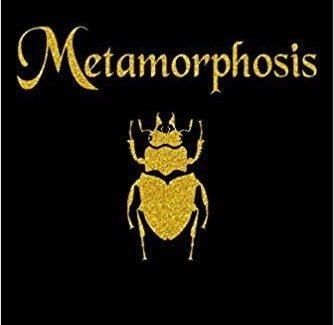
Franz Kafka authored peculiar and poignant narratives that resulted in the creation of an adjective bearing his name. The term “Kafkaesque” is commonly employed to depict bizarre and terrifying circumstances that are intertwined with commonplace existence. Metamorphosis is a novella by Franz Kafka which was first published in 1915. The novella explores the essence of humanity, the extent to which our relationships with others influence our feelings, and the point at which our solitude intersects with our humanness.
Kafka once said, “I think we ought to read only the kind of books that wound or stab us. If the book we’re reading doesn’t wake us up with a blow to the head, what are we reading for? So that it will make us happy, as you write? Good Lord, we would be happy precisely if we had no books, and the kind of books that make us happy are the kind we could write ourselves if we had to. But we need books that affect us like a disaster, that grieve us deeply, like the death of someone we loved more than ourselves, like being banished into forests far from everyone, like a suicide. A book must be the axe for the frozen sea within us. That is my belief.”
As a reader this was the role that he assigned to the writers. To be able to write something that affects others like a disaster. And I firmly believe that he successfully did the same. Metamorphosis serves as a reflection of our human nature, allowing us to examine our belief systems and question our preconceived notions about ourselves and others, wounding the readers at the core.
In the text, Gregor Samsa, a travelling salesman, wakes up one day to discover that he has been transformed into an unappealing insect. As Gregor cannot communicate, he experiences a severe personal crisis that also affects his relationships with his family and work. The book deals with the idea of being lonely in the world, which leads to transformations in a way that one forgets his own self. Kafka’s use of moving furniture can be seen as a representation of Gregor’s past efforts to preserve his relationship with his family.
In the beginning the reader may perceive Gregor’s situation as more than just being physically distant from his family. The family stands outside his room, begging him to open the locked door, and are unable to fully comprehend his agony, only grasping that something must be unusual. The locked room, described as “a regular human room,” serves as a philosophical representation of Gregor’s inner psyche. But as the story progresses, it would not be wrong to say that, Gregor’s physical transformation is used as a metaphor for his psychological and emotional state.
Furthermore, the loss of identity is noticeable, as Samson gradually begins to shed his human instincts. In the second section, he crawls to the bedroom door: “Only after he got to the door did he notice what had really attracted him—the smell of something to eat” (21). Gregor’s behaviour becomes more driven by his animal instincts rather than conscious awareness. The intrusion of an external force into his personal being implies the gradual displacement of his prior identity.
By the end of the novella, Gregor’s sister says, “We can’t carry on like this. Maybe you can’t see it, but I can. I don’t want to call this monster my brother, all I can say is – we have to try and get rid of it. We’ve done all that’s humanly possible to look after it and be patient, I don’t think anyone could accuse us of doing anything wrong.” Gregor’s desire to live weakens and he passes away shortly after listening to her speech and the readers are left with the question that did Gregor experience more suffering due to his social isolation or his transformed physical state?


